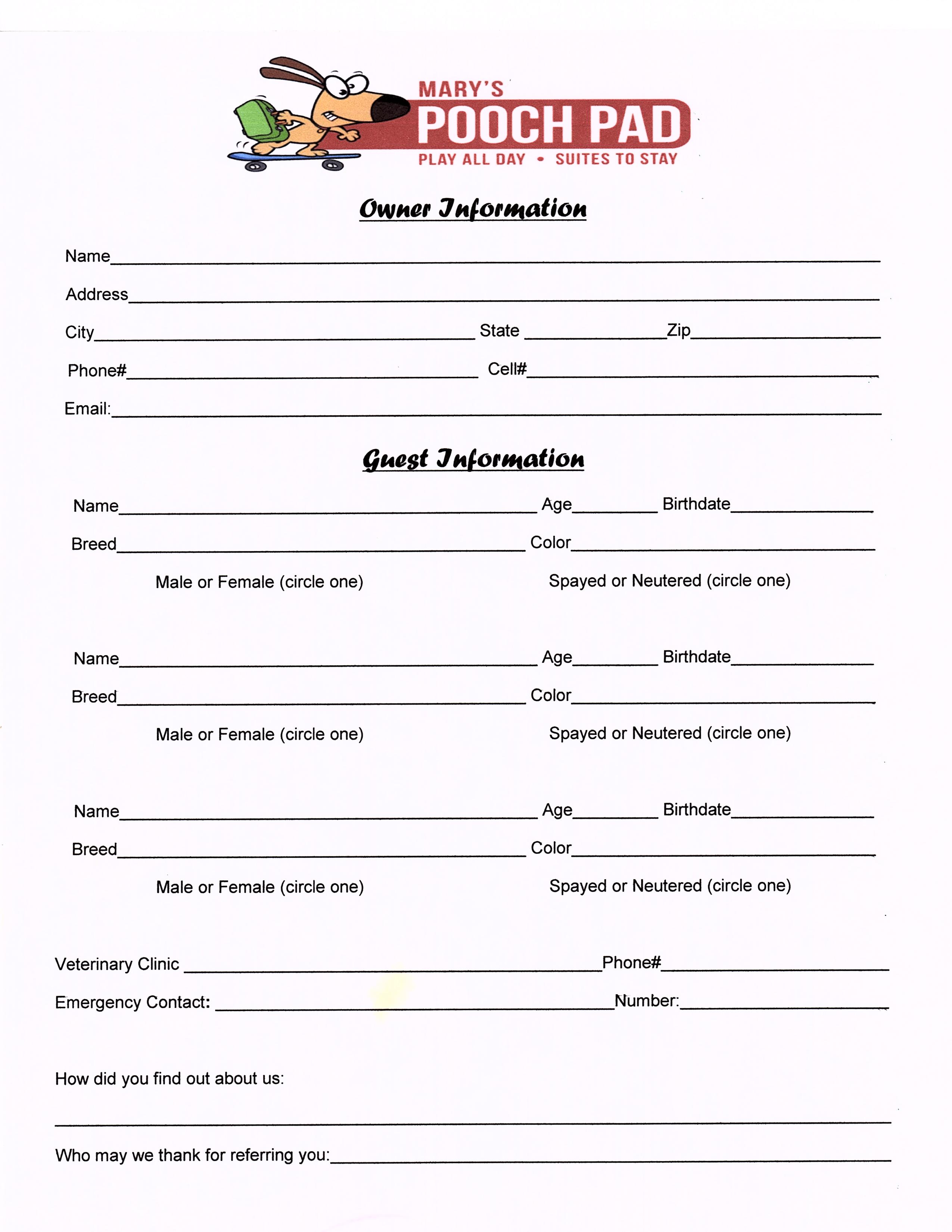Class 3 Paperwork: Simplified Guide to Fill Out Easily

Filing out paperwork might seem like a daunting task, especially when dealing with forms like the Class 3 Paperwork, which is critical for activities involving regulated firearms. This guide aims to simplify the process, ensuring you understand each step, know where to find the right forms, and how to submit them correctly. Whether you're applying for a tax stamp, transferring ownership, or making other changes related to National Firearms Act (NFA) items, this post will help you navigate the process with ease.
Understanding Class 3 Paperwork


Class 3 paperwork pertains to the classification under the National Firearms Act, covering items like suppressors, short-barreled rifles, short-barreled shotguns, machine guns, destructive devices, and any other weapons (AOW). The “Class 3” designation refers to the special occupational tax (SOT) that Federal Firearms Licensees (FFLs) must pay to deal with NFA firearms. Here’s what you need to know:
- Forms You Might Need: ATF Form 1, ATF Form 4, ATF Form 5, etc.
- What They’re For:
- Form 1 is for making and registering your own NFA firearm.
- Form 4 is for transferring a registered NFA firearm to a civilian.
- Form 5 is for tax-exempt transfers, typically for government agencies or law enforcement.
- Processing Time: Can range from several months to a year or more.
Steps to Fill Out Class 3 Paperwork

Here’s a step-by-step guide on how to navigate through the most common Class 3 forms:
Step 1: Determine the Correct Form

First, identify which form you need based on your action:
- ATF Form 1: If you’re making your own firearm.
- ATF Form 4: If you’re transferring or purchasing a firearm.
- ATF Form 5: For tax-exempt transfers.
Step 2: Gathering Necessary Documents

You’ll need:
- Two copies of the appropriate form.
- Two passport-style photographs.
- Two sets of fingerprints, unless exempt.
- A completed Law Enforcement Certification, if applicable.
- Fingerprint cards.
- A check or money order for the tax stamp.
Step 3: Completing the Forms

Each form has specific instructions, but here are some general tips:
- Personal Information: Fill out your name, address, and Social Security number.
- Firearm Details: Provide all required information about the firearm in question.
- Signature: Ensure that you sign the form where required.
💡 Note: Accuracy is key. Any error can lead to delays or rejection of your application.
Step 4: Fingerprints and Photos

Having your fingerprints and photos taken at a law enforcement agency or an approved fingerprinting service is crucial. Some tips:
- Use plain white backgrounds for photos.
- Print must be clear and without smudges.
Step 5: Submitting the Paperwork

After filling out the forms, ensure:
- All documents are signed and correct.
- Forms are mailed to the correct ATF address.
- Keep copies of everything you send for your records.
Final Thoughts

In this guide, we’ve demystified the process of filling out Class 3 paperwork, from understanding the forms and requirements to submitting them properly. While this process can seem complex, with careful attention to detail and accuracy, you can navigate it successfully. Here’s to ensuring your NFA journey is as smooth as possible. Remember, patience is key, as processing times can be long, but with the right preparation, the wait will be worth it.
What is the average processing time for Class 3 paperwork?

+
The processing time for Class 3 paperwork can vary significantly, often ranging from several months to over a year, depending on the backlog at the ATF.
Can I submit Class 3 paperwork online?

+
Currently, all Class 3 forms must be submitted via mail. There are no online submission options available through the ATF.
What happens if there is an error in my Class 3 paperwork?

+
If your paperwork contains errors, it can be rejected, causing delays. You’ll need to resubmit corrected forms with new photos, fingerprints, and applicable fees.